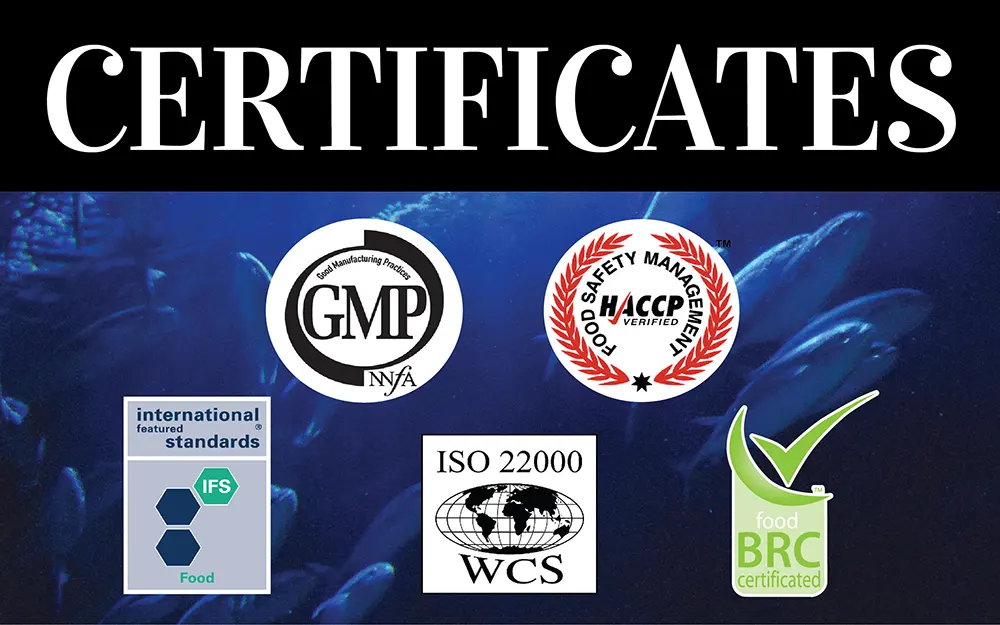
Indian small shrimp prices rebound in Gujarat, Andhra Pradesh to follow once harvests end: Undercurrentnews
Dan Gibson and María Feijóo: UnderCurrentNews
In contrast to the sharp drop seen in the chief Indian vannamei shrimp farming state of Andhra Pradesh this month, prices for smaller shrimp in the state of Gujarat have been continuing to rise since the start of September.
As reported by Undercurrent News on Sept. 4, prices for smaller, 100-count shrimp had been falling rapidly in Andhra Pradesh as a result of mass early harvests caused by heavy rains and disease issues. This in turn led to a glut of small-sized animals on the market, an issue compounded by a relative lack of demand from processors.
However, the latest data from Indian aquatech specialist Aquaconnect — with averages calculated by Undercurrent — has indicated that prices in the state of Gujarat remained largely unaffected by the events elsewhere this month, continuing to demonstrate the longer-term gradual rise seen since the start of August.
Prices for 80-count shrimp from Andhra Pradesh dropped to INR 210 ($2.86/€2.41) per kilogram in week 37, while the price for 80-count shrimp from Gujarat followed a different trend and rose for the second consecutive time to INR 245/kg, as the chart below shows.
The same trend was followed by prices for 50 and 60-count shrimp, which also remained stable at INR 300/kg and INR 280/kg, respectively, in Gujarat. Meanwhile, prices for shrimp of these sizes from Andhra Pradesh fell in week 37 to INR 300/kg and 260/kg.
Analyst Willem van der Pijl, founder of market consultancy Shrimp Insights, said the difference could only be reasonably explained if there was no largescale harvesting taking place in Gujarat, compared to Andhra.
Manoj Sharma, owner of the Gujarat-based farming business Mayank Aquaculture, told Undercurrent that his local state had been seeing much higher prices for smaller-sized shrimp lately.
“[The] main reason is the sudden rise in local consumption amid COVID, majorly in Mumbai city. Shrimp count anything between 60 to 80 [per kilo] getting INR 300 ($4.08) average,” he said.
“[On the] other hand many farmers are not going for stocking due to major failure due to the diseases. Less stocking means less production. In my experience, the prices for small counts may further go up in coming winter months and new year,” he added.
Andhra prices also recovering
Prices in Andhra Pradesh have also begun recovering since the rapid drop at the start of the month, Undercurrent has learned.
One Undercurrent source, a shrimp packer and exporter trading head-on, shell-on shrimp, said their company had been forced to up the prices offered to farmers by approximately INR 5-10 across all sizes this week.
They gave the latest spot prices at INR 450 for 30 count vannamei shrimp, at INR 370 for 40 count, INR 320/325 for 50 count, and INR 280/285 for 60 count, and INR 250 for 70 count.
At the start of the month, they told Undercurrent that the gradual price recovery seen in Andhra Pradesh during August — when the larger processors began taking new orders for exports to the US once again — likely had a knock-on effect at the start of the month.
“People went crazy thinking there’s no raw material going forward, and with the spurt in US export prices they go crazy. Now the currency appreciated from INR 75/$ to INR 73/$, government also capped [export] subsidies and [processors] understand there is enough raw material for present capacities.”
Looking ahead, Durai Murugan, owner of Sea Gem Aqua Farms, told Undercurrent that Andhra Pradesh’s emergency harvest is “likely to be finished by this week.”
“Going ahead we expect a good recovery in prices,” he continued. “Stocking has been drastically down this year.”
Indeed, Jim Gulkin, the managing director and founder of Siam Canadian Group, speaking on Undercurrent’s ‘Global Shrimp Market Outlook’ webinar on Sept. 9, noted that Indian output would be down considerably in 2020.
Production could be down to 500,000t-600,000t, so around 20-30%, he said. “We’re looking at a big drop from India. But, it remains to be seen; it’s very opaque.”
In contrast, van der Pijl noted during the webinar that India’s 2020 production may not be down “as much as people might expect”.
There was a “huge revival” of Indian broodstock imports after the initial heavy lockdown, he said. “So, broodstock imports have been more than enough to cater to a new production cycle.”
This summer, the situation has noticeably worsened for farmers, with disease problems and other issues meaning stocking has not taken place “at a full scale”, said van der Pijl. “Still, they did stock.”








